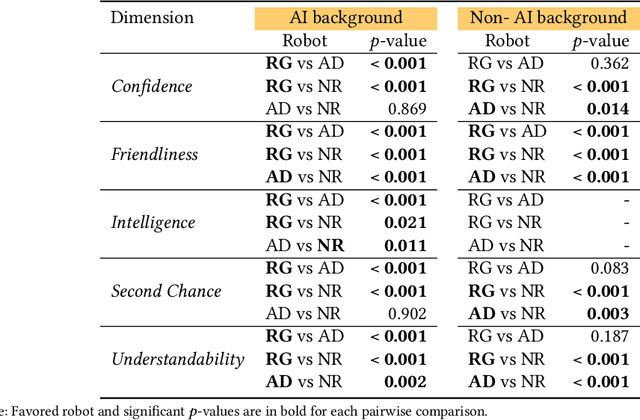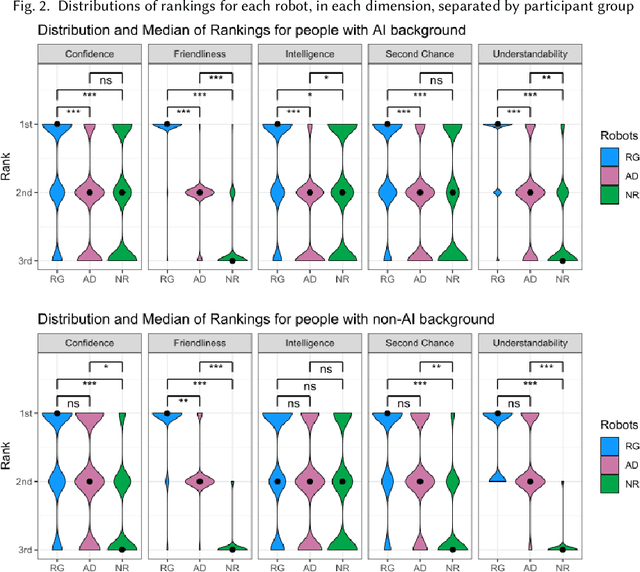I-Hsiang Lee
The Who in Explainable AI: How AI Background Shapes Perceptions of AI Explanations
Jul 28, 2021



Abstract:Explainability of AI systems is critical for users to take informed actions and hold systems accountable. While "opening the opaque box" is important, understanding who opens the box can govern if the Human-AI interaction is effective. In this paper, we conduct a mixed-methods study of how two different groups of whos--people with and without a background in AI--perceive different types of AI explanations. These groups were chosen to look at how disparities in AI backgrounds can exacerbate the creator-consumer gap. We quantitatively share what the perceptions are along five dimensions: confidence, intelligence, understandability, second chance, and friendliness. Qualitatively, we highlight how the AI background influences each group's interpretations and elucidate why the differences might exist through the lenses of appropriation and cognitive heuristics. We find that (1) both groups had unwarranted faith in numbers, to different extents and for different reasons, (2) each group found explanatory values in different explanations that went beyond the usage we designed them for, and (3) each group had different requirements of what counts as humanlike explanations. Using our findings, we discuss potential negative consequences such as harmful manipulation of user trust and propose design interventions to mitigate them. By bringing conscious awareness to how and why AI backgrounds shape perceptions of potential creators and consumers in XAI, our work takes a formative step in advancing a pluralistic Human-centered Explainable AI discourse.
 Add to Chrome
Add to Chrome Add to Firefox
Add to Firefox Add to Edge
Add to Edge